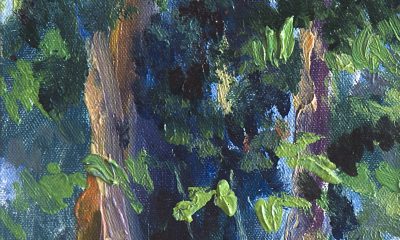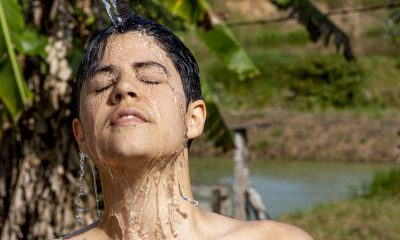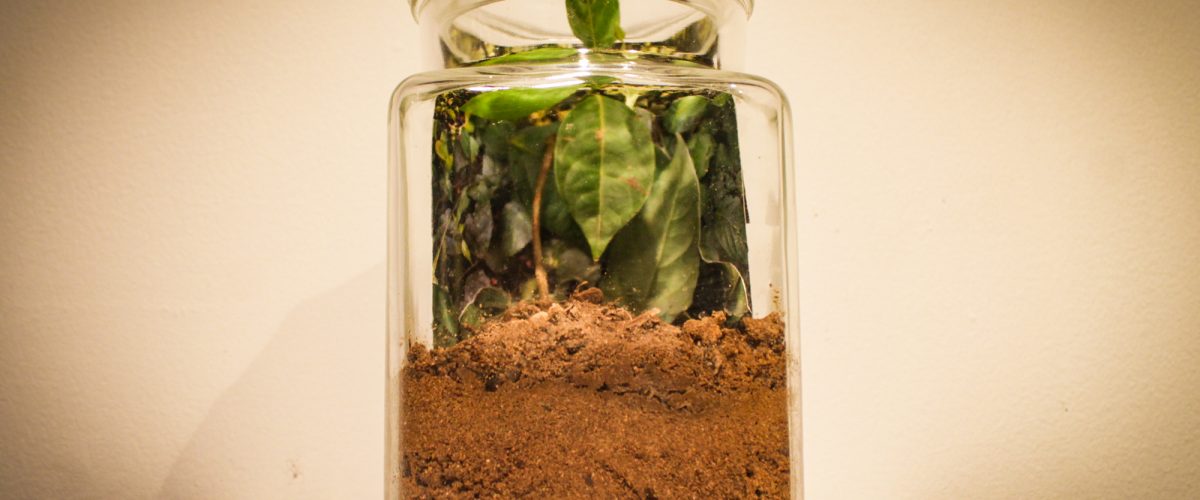
Raos: Teachers Plants
Clara Best Núñez
The Amazonian people use plants as a means of defense, to treat diseases and epidemics and even for the development of people in community life. Jacques Tournon makes reference in his book The Plants, the Rao and their spirits the following:
There are rao that are medicinal plants, others that would not be considered medicinal in other cultures: plants to change states of consciousness (psychotropic and hallucinogenic), toxic plants, for fishing and hunting. ” (p.47)
The word rao comes from Shipibo Konibo language to indicate when a plant is a teacher. The raos are not only healing plants but every plant has power. In that sense, there are two varieties of rao plants: the Jakon rao are remedies to cure and heal-jakoma rao that are toxic-poisonous.
The consumption of raos is preceded and followed by an ikaku or diet in the Kukama language, which is determined by the person who performs the treatment. Leaves, fruits, seeds, roots, bark and resin are used to make the cures with teaching plants. Also, they are prepared in different ways as are scraped, Cooked, burned, crushed, among other forms. Likewise, the plants are extracted with great care and respect to have a positive effect on utilization.
There is a great variety of raos. In the book The Green Eye, there is a picture of the raos most used by the Wambis, Shipibos, Achujar, Awajun, Kandozi, Ashaninka, Nomatsiguenga, Shawi, Shiwilu, Kukama-
Kukamiria, Uitoto, Tikuna, Bóórá and Kichwa del Pastaza communities . The raos they mentioned as magical plants and more used for concoctions are: ayahuasca, chacruna, toé, piripiri , snuff, coca, ojé, achiote, and curare.
Ayahuasca is the center of life for Shipibo Konibo communities. The word ayahuasca means rope of the dead. It is mostly ingested next to the chacruna plant. According to the researcher Luis López in his book Plants used by Amazon Shamans in the Ayahuasca brew:
The most surprising thing about the biodynamic action of the concoction lies in the knowledge that native Amazonians have had to combine these two species:
“Ayahuasca” y “Chacruna”, whose synergistic effect allows the hallucinogenic (visionary) state of those who consume it to be produced. It is not possible when the concoction is prepared with only one of the species. (p.19)
However, there are other ways of preparing ayahuasca with other plants, such as chagropanga or adding other components such as ayahuma, abuta, toé, etc.
Also, there are various stories of the discovery of ayahua sca by people. Some Shibipo legends narrate how a healer from that community became the plant after a long period of diet; while Wambi legends tell that ayahuasca appeared in dreams to a great leader of the town of Huambisa on the banks of the Santiago river and taught him how to use it.
Ayahuasca is ingested after a period of diet, in which animals, sugars, salts and chili have not been consumed, as well as sexual abstinence. Nor can it be ingested by pregnant women or with their menstrual period. The use of this concoction is not only to heal diseases of origin psychopathic or traumas, also through rituals that form n part of the traditions of Amazonian people, such as a test of strength to become a warrior community Awajun.
The toé is also known as the floripondio. The toé is used for purges, as well as for visioning through dreams or in a conscious state . The taking of toé is narrated in the book Ino Moxo by César Calvo as:
The flower of the tohé rules but what is drunk sprouts from the stem. The old lady, Rosa Urquía, as the old lady was called, cut the branch of tohé , which in the land of virakochas yields a smaller flower, with less white color and less strength. In the jungle it is bigger, thicker on its stem, the flower itself is more flower, double, like one inside another … Rosa Urquía cut a branch and cut it vertically, downwards, and scraped the heart of the stem that it's like apple, until the juice started to come out. He let it drain drop by drop into a little cup, measured the substance by putting his finger in that container to the half of the nail of his thumb, and gave it to me to drink. (p.55)
The toé is consumed to make inquiries of facts that have happened or are happening, to envision the future and learn about the world. A rao that accompanies different ceremonies and has several uses is tobacco. The tobacco leaves can be smoked or inhaled. A cigar made from natural tobacco is known as mapacho, which is used by healers to heal the sick with puffs of smoke. In addition, it serves as a starting and ending element of ceremonies. The awajun consume snuff very young and it is important for social development as explained in the book The green eye :
To find this power, the young man was always going to take the “vegetable” outside his house, near a waterfall. To take tobacco, he drew water there and then, at dawn,
he had to bathe in the stream. Why in the waterfall? Because the ajutap, beings of nature who give power, also live there or come to drink water. (p.82)
Tobacco serves as a means of communicating with the ajutap or spirits of nature, who teach human beings’ how-to live-in harmony with their environment.
The coca leaf is a sacred rao in the Andean worldview, which also is used in some Amazonian communities. Likewise, the powder obtained from roasting, grinding and cutting the coca leaves is known as mambe or ypadú . Martha López, Nereyda López and Santiago Yahuarcani narrate in Jiaño Nokikuriño / Summer and Rain:
Mambeando coca and licking ampiri, multiple dreams and visions are presented to me, I catch them in my memory and then bring them to this world. Stem in the light
wood raft the children of nature. This is how characters like Shiminbro , owner of the sound, emerge ; Turuoma, toad and poisonous man; and Fiodo, the grasshopper. (p. 45)
The Ashaninka, Uitoto and Bóórá ingest the crushed coca leaf. It is consumed to induce people in ceremonial trances, also as a source of energy for work, it is also a digestive and has analgesic and healing properties.
There are different legends to explain the origin of the piri piri, but many communities agree on its healing and visionary powers. According to Luisa Elvira Belaunde in the book Kené: art, science and tradition in design:
The piripiri, called waste in Shipibo- Konibo, is also a manifestation of the ronin anaconda, because according to mythology, this plant arose from its ashes. […] Also, they are ritually prepared to acquire the gift of visualizing designs in their minds and skillfully capturing them on a material support. The ritual consists of placing a few drops of pripiri juice on your eyes and on your navel. This treatment is considered to sharpen young women’s visions, empowering them to conceive kené visions in their dreams and “thoughts”; (shinan), and to skillfully trace kené on the surface of bodies. (pp. 18-19)
In some communities like the Shipibo-Konibo the substance of the applied piripiri in the eyes of girls to see visions and learn to make designs or also called Kenes. However, a great variety of piripiris is known, some of them serve as aphrodisiacs, contraceptives, among other functions.
For Amazonian communities, raos have two natures: a material and a spiritual. The last one is the yoshin or spirit in the Shipibo language, who treats the etiological agents of diseases during the sessions, in which it is invoked by the expert in raos or also called raomi.
In the book The Green Eye appears the testimony of César Tii Ikam or “hard mount” in the Awajun language, who explains the relationship of ingesting teaching plants with spirits:
The power of ajutap was in different forms. At the time these beings appeared – in the form of animals – they made a “discourse”, speaking as human beings, announcing to people what their life would be like. To receive this “discourse”, the Awajun as a child began to diet and followed the rules, always taking toe, tobacco and ayahuasca. (p .82)
The ajutap or spirits in the Awajun language gave power to humans if people followed the instructions of the diets. There are several ajutap, two of the most important are Pagki or boa and Wagkaanim or water tiger.
Eduardo Viveiros de Castro explains Amerindian perspectivism from different ways of conceiving the world in relation to the western vision. In the book La mirada del jaguar, Viveiros describes the following:
All species can be considered as human at one time or another. Everything cn be made human. Not everything is human, but everything has the possibility of becoming human because everything can be thought of in terms of self-reflection, this is indigenous “animism”: allowing everyone the possibility of reflection. (p.47)
For the Amazonian indigenous people, at first, we were all people and later, some became plants and others became animals; that is why the link with the environment has other forms of communication.
Plants are not only physical food, but also you learn through them. The Raos are important plants for the development of people individually and collectively in the Amazon, and to seek the harmony of existence with the world that surrounds us. In the book Koshi Shinanya Ainbo / Testimony of a Shipiba woman by Pilar Valenzuela and Agustina Valera it is explained:
When we cure our eyes with the piripiri we have dreams. We dream that we are in the midst of elegant and resplendent designs. Sometimes we work with the spirit of the piripiri, at night we design in our dreams. Other times we see yacumamas. This does not just happen; this is due to the piripiri with which we have been cured. The fact that they make us learn with the piripiri is not something recent, since ancient times we have piripiri. (p. 66)
Often teaching plants are used from childhood, as in the case of tobacco, toé and ayahuasca in Awajun men or piripiri with Shipibo women. The raos are plants fundamental in the course of people’s lives in the Amazonian communities because they fulfill different roles in the individual and social development. Plants are beings that deserve respect and care needed to be preserved, given that they are medicine. Their knowledge has been passed down from generation to generation, in search of human beings to live in harmony with nature.
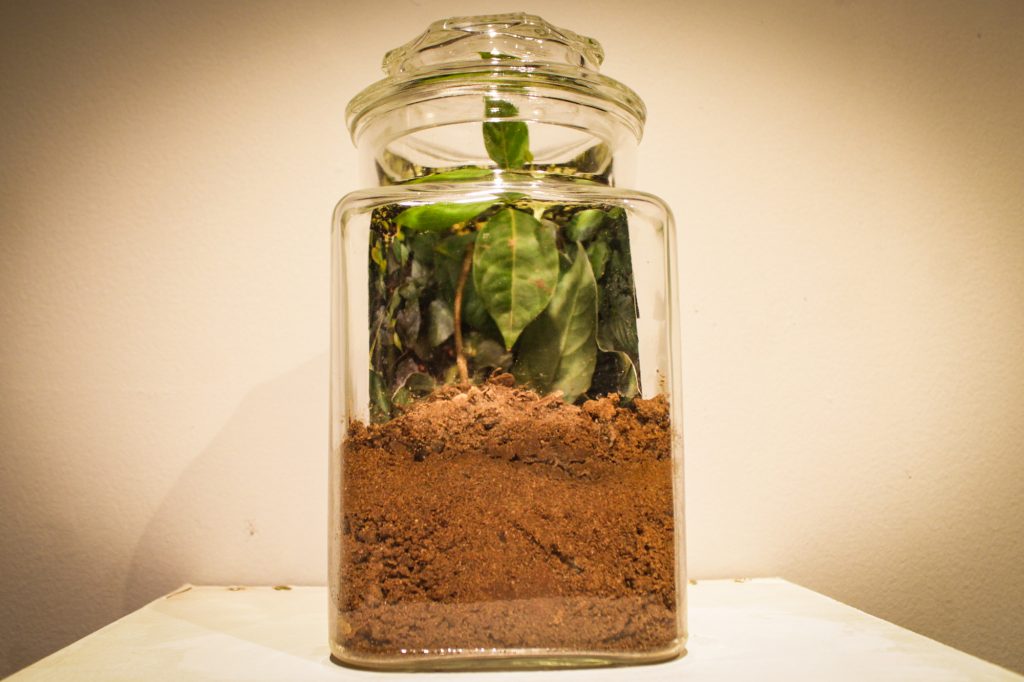
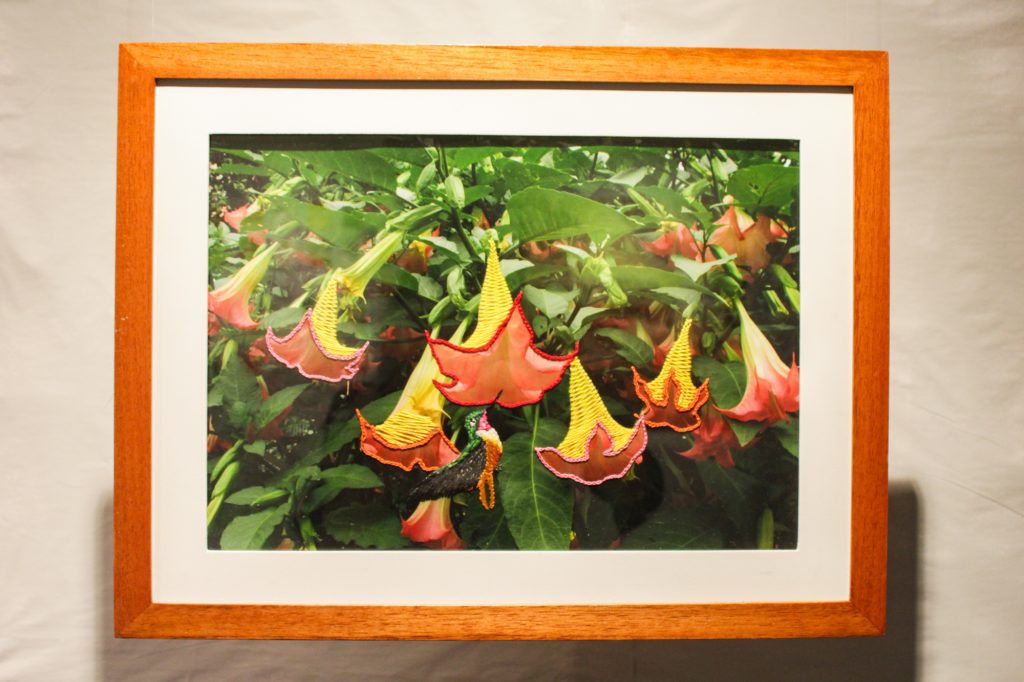
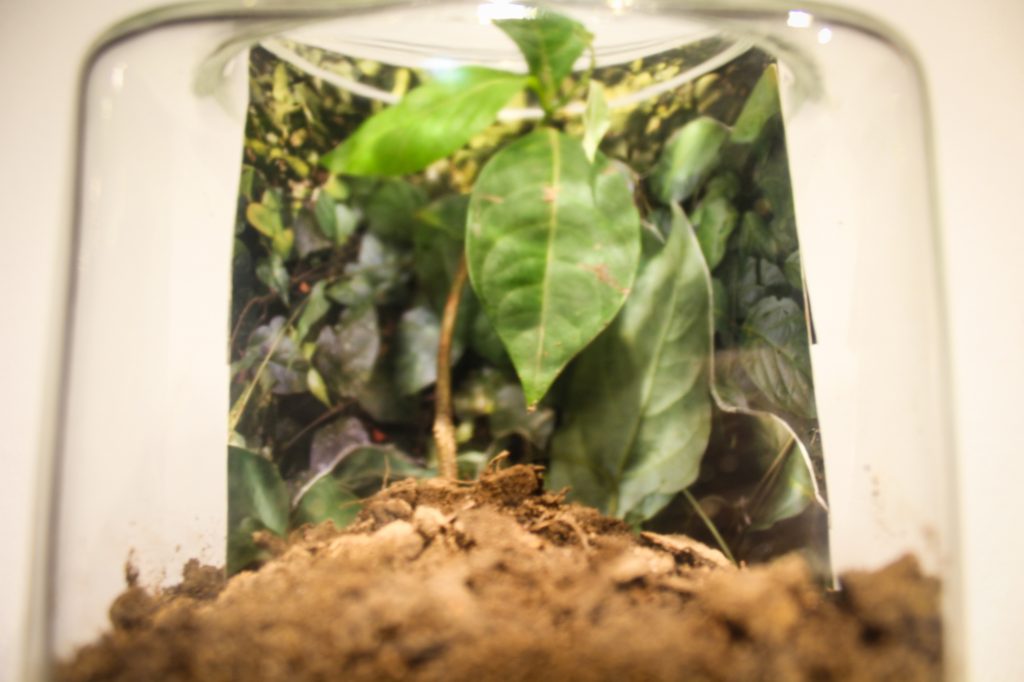
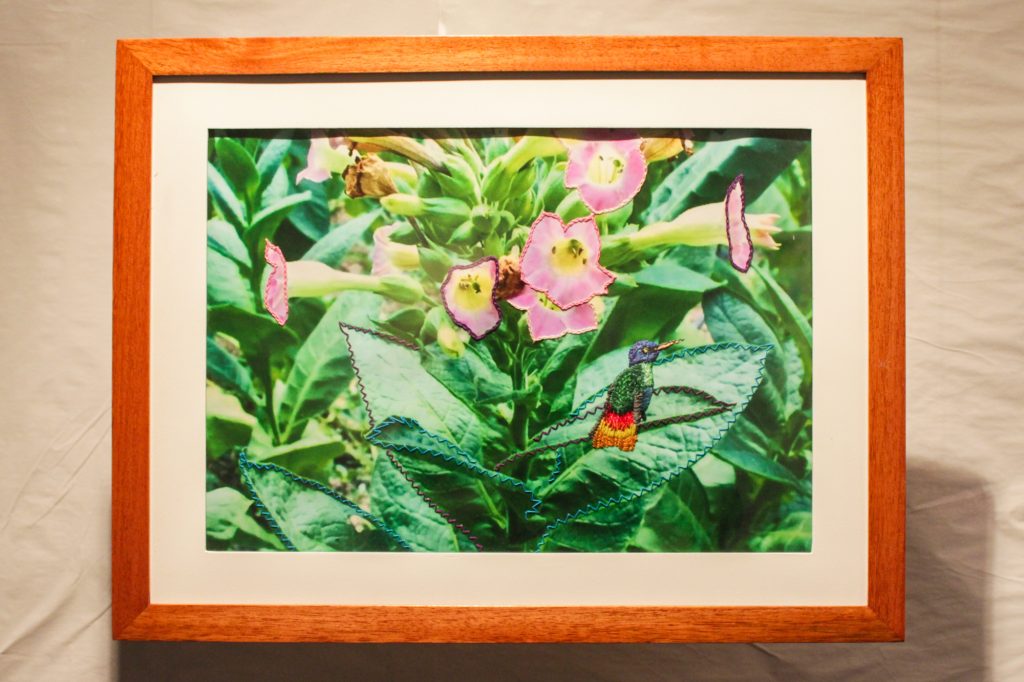
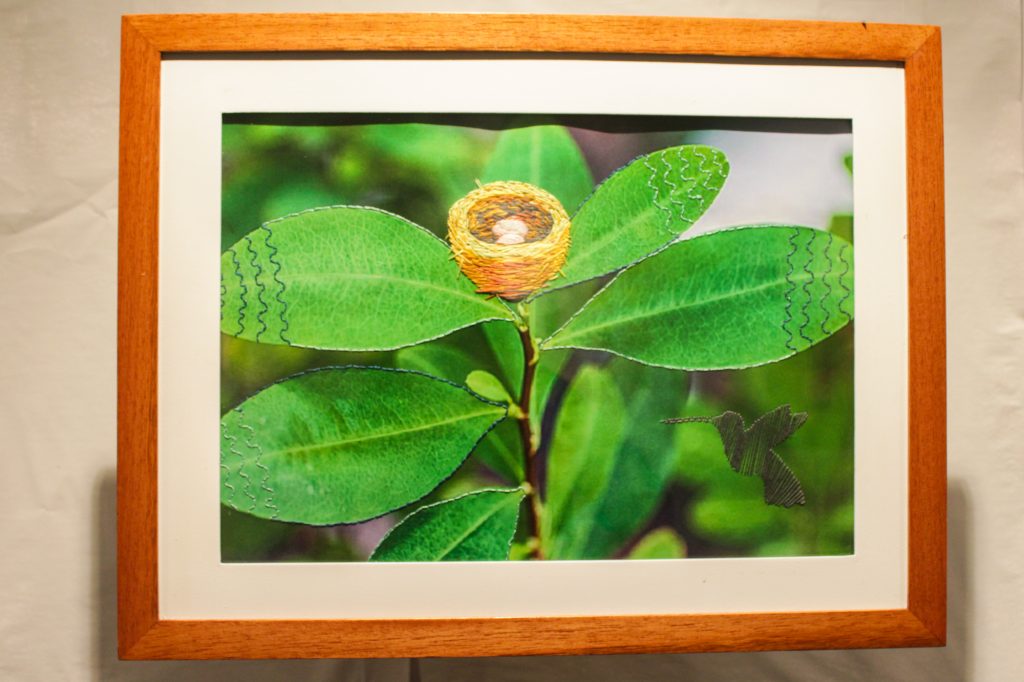
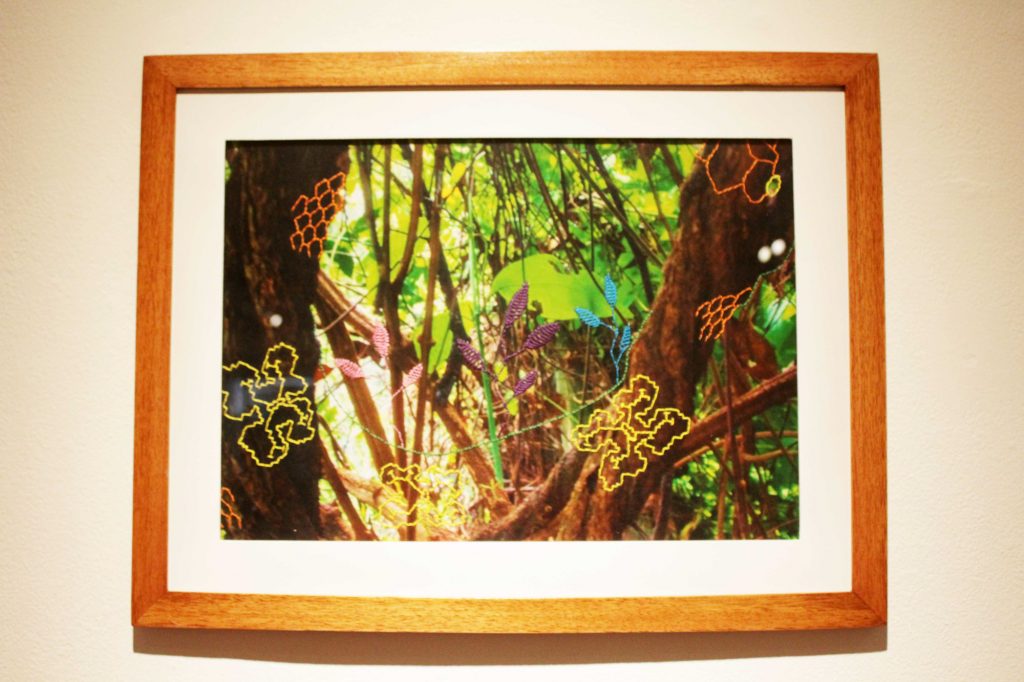
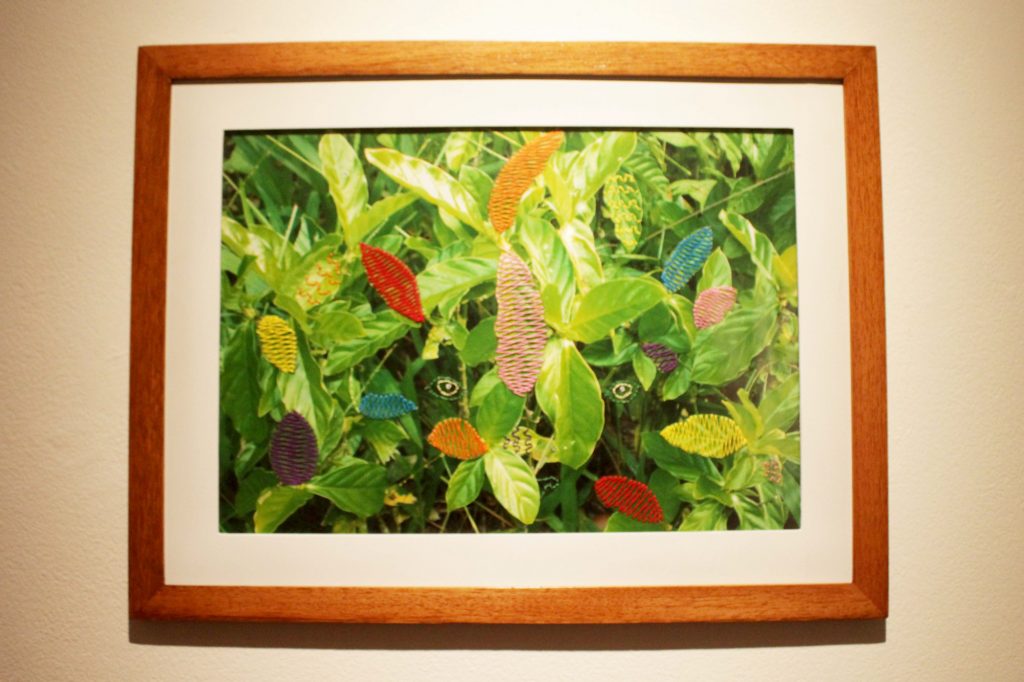
Bibliography
- Belaunde, L. (2009). Kené: arte, ciencia y tradición en diseño. Ministerio de Cultura del Perú.
- Calvo, C. (2018). Ino Moxo. Peisa.
- Landolt, G., Dávila, C. et al. (2004). El ojo verde. Telefónica del Perú.
- López, L. (1998) Plantas usadas por Shamanes Amazónicos en el Brebaje Ayahuasca.
- López, M., López, N. y Yahuarcani, S. (2017). Jiaño Nokikuriño / El verano y la lluvia. Casa de la Literatura Peruana.
- Tournon, J. (2006). Las Plantas, los Rao y sus espíritus. Gobierno regional Ucayali: Gerencia regional de desarrollo social.
- Valenzuela, P. y Valera, A. (2005). Koshi Shinanya Ainbo. Testimonio de una mujer shipiba. Fondo Editorial de la Facultad de Ciencias Sociales UNMSM.
- Viveiros, E. (2014). La mirada del jaguar. Tinta Limón.

